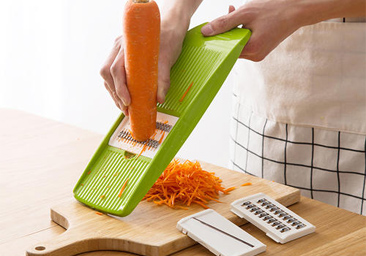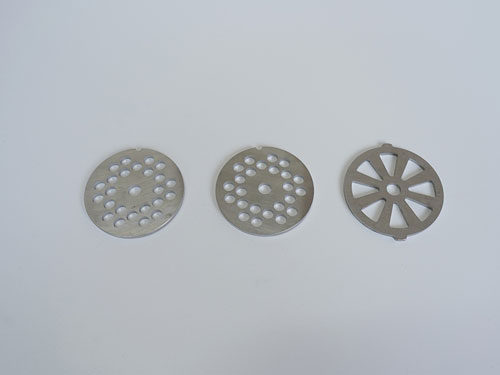
 Home > News
> News Information
Home > News
> News Information
1. The shape of the stretching component should be as simple and symmetrical as possible
In the circumferential direction, axisymmetric stretching parts will deform uniformly, making the mold easier to process and achieving good processability. Stretching parts of other shapes should avoid sharp changes in contour as much as possible. For example, the simplified design of the back cover of a car muffler can reduce material consumption by half by changing the production process from multiple steps to one or two steps while ensuring the required usage.
2. The size ratio of each part of the stretching component should be appropriate
The design of flanges and deep stretching parts should be avoided as much as possible, as these parts require more stretching times. For example, the difference in size between the upper and lower parts of the workpiece is too large, which does not meet the requirements of the stretching process. If you want to composite it, you can divide it into two parts, process and manufacture them separately, and then connect them. If the cavity of the workpiece is not deep, but the flange diameter is large, it is also difficult to manufacture and requires annealing treatment in the middle. If the flange diameter decreases, intermediate annealing can be omitted. The preferred contour of the workpiece is similar to the contour shape of a stretching and stamping part. If the width of the flange is not consistent, it is not only difficult to stretch, but also requires additional processes and a wider margin for cutting, which increases metal consumption.
3. The fillet radius of the stretched part should be appropriate
In order to facilitate forming and reduce the number of deep drawing cycles, the fillet radius of the stretched part should be increased as much as possible. The fillet radius between the bottom of the stretching part and the walls, flanges and arms, and the four walls of the rectangular part should meet the requirements.
4. Uneven thickness phenomenon of stretched parts should be considered
Indentations should be allowed to occur during the stretching process on the inner and outer walls of workpieces that have been stretched multiple times, or on the flange surface of stretched parts with flanges. Unless there are special requirements for the workpiece, these marks can be removed by shaping or pressing methods.
5. The hole positions on the stretching parts should be arranged reasonably
Set the hole position on the stretching part on the plane of the main structure, keeping it on the same plane, or make the hole wall perpendicular to the plane, so that punching and trimming can be completed simultaneously in one process.
6. The dimensional accuracy requirements for stretching parts should not be too high
The manufacturing accuracy of stretching parts includes precision in the diameter direction and precision in the height direction. Under normal circumstances, the accuracy of the stretched part should not exceed the specified value. The dimensions on the product drawings need to be marked to ensure the external or internal dimensions, and the internal and external dimensions cannot be marked simultaneously.
7. Selection of stretching oil
When choosing stretching oil, not only should the lubrication and cooling properties of the stretching oil be considered, but also its rust resistance, cost, and ease of maintenance. Stretching oil is easy to choose a base oil with relatively low viscosity and add anti-wear additives, which can achieve lubrication and friction reduction, as well as good cooling and easy filtration. However, stretching oil has problems such as low flash point, high temperature during stamping, easy deformation, high risk factor, and fast evaporation, resulting in high user costs. Therefore, it is recommended to use stretching oil with high compressive and wear-resistant properties as much as possible.


.jpg)






